Experts Warn Of Rising Threat From New Invasive Insect Species In The U.S.

Experts are increasingly concerned about the growing number of invasive insect species across the U.S., which pose significant threats to ecosystems, agriculture, and public health.
These species disrupt local wildlife and can lead to severe economic consequences, particularly in farming communities. One such invasive species, the Asian Longhorned Tick, has rapidly spread, infesting livestock and wildlife, while also posing risks to human health.
As experts warn of its rising threat, the need for effective management and prevention strategies becomes more critical.
1. The Asian Longhorned Tick And Its Impact On U.S. Agriculture
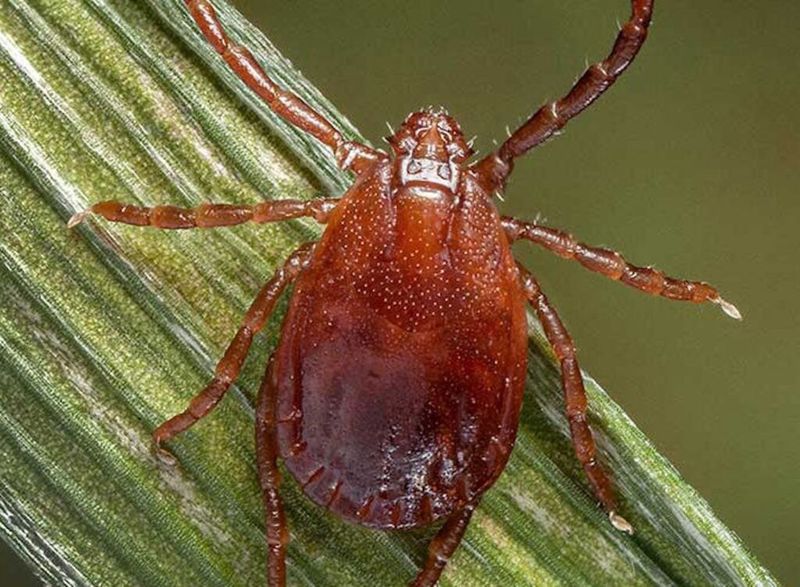
The Asian Longhorned Tick has rapidly spread across the U.S., posing a growing threat to agriculture. This invasive species is known to infest livestock, particularly cattle, and can transmit harmful diseases like anaplasmosis.
Its presence in agricultural areas increases the risk of disease outbreaks, affecting both animals and potentially humans. Farmers are taking preventive measures, but the tick’s rapid expansion makes it a significant concern for the agricultural community.
2. Why The Asian Longhorned Tick Is A Rising Threat To Ecosystems
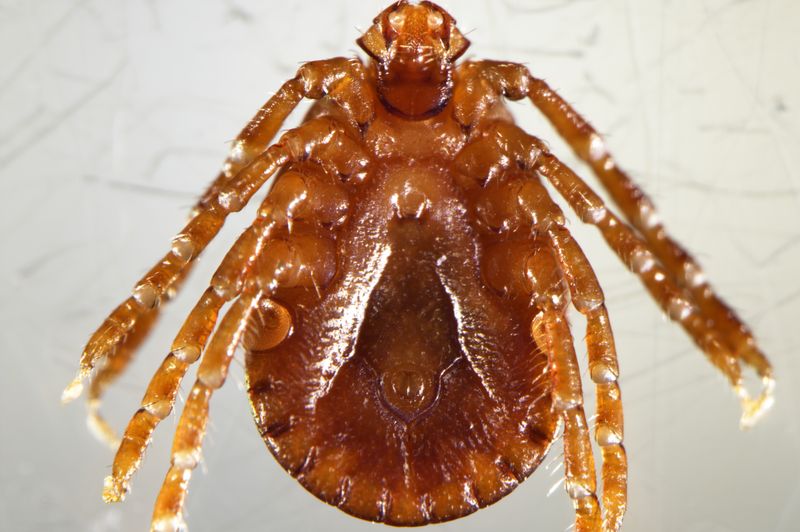
The Asian Longhorned Tick is becoming a serious threat to ecosystems due to its ability to spread rapidly across diverse environments.
This tick species can transmit various diseases to wildlife, livestock, and humans, disrupting local populations. Its presence also leads to significant changes in the food chain, as it affects animals that are vital to ecosystem balance.
As it continues to expand, the Asian Longhorned Tick poses a growing risk to the health of many ecosystems across the U.S.
3. How Invasive Insects Are Damaging Agriculture
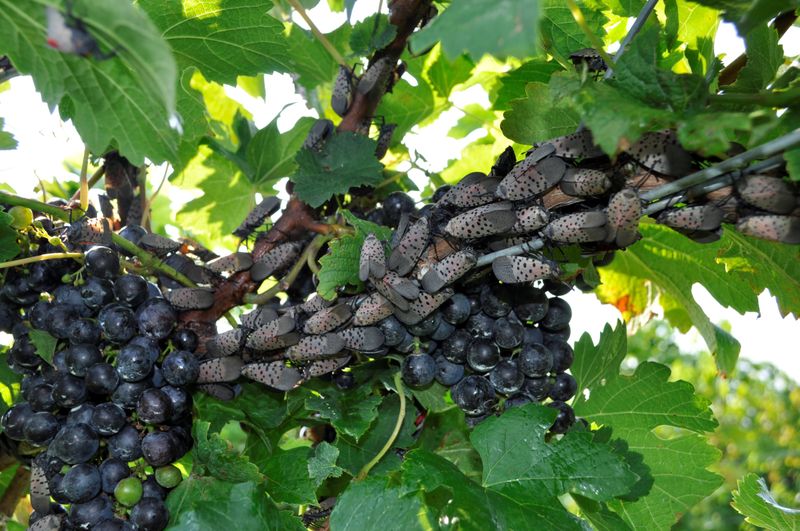
Farmers lose sleep over spotted lanternflies that feast on over 70 different crops. These colorful hoppers suck sap like vampires, leaving behind sticky honeydew that attracts mold and ruins harvests.
Crop losses from invasive insects cost American farmers nearly $40 billion annually. For small family farms, a single season of damage can mean financial ruin.
4. Impact Of Invasive Insects On U.S. Ecosystems

Invasive insects are causing significant disruption to U.S. ecosystems by outcompeting native species for resources and altering natural habitats. These insects can spread diseases that affect plants, animals, and humans, leading to long-term ecological damage.
As they thrive in new environments, they often disrupt the balance of local food webs and reduce biodiversity. The spread of invasive insects, including the Asian Longhorned Tick, is further stressing vulnerable ecosystems and requires urgent attention to prevent further harm.
5. Preventing The Spread Of Invasive Insects In The U.S.

Ever wondered why airport dogs sniff your luggage? Those four-legged inspectors are hunting for hitchhiking bugs that could cause millions in damage.
Simple actions make huge differences – buying firewood locally when camping, cleaning outdoor gear between trips, and inspecting plants before purchase. Reporting unusual insects to your state agricultural department creates an early warning system.
6. Top Invasive Insects Threatening U.S. Crops
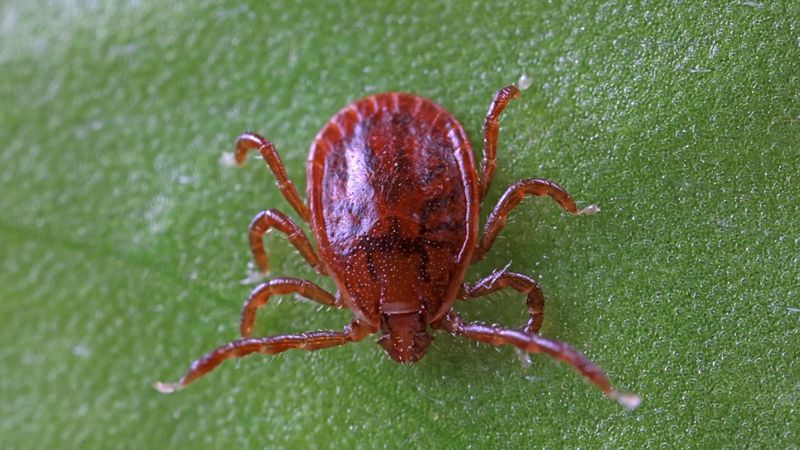
Several invasive insects are posing a significant threat to U.S. crops, causing extensive damage to agriculture. The Asian Longhorned Tick, while primarily a livestock concern, also affects crops indirectly by disrupting ecosystems.
The Spotted Lanternfly has become notorious for its destruction of grapevines, while the Emerald Ash Borer continues to decimate ash trees, affecting the agricultural landscape. These pests not only harm crops directly but also disrupt farming practices, leading to increased costs and reduced yields.
7. How Invasive Insects Affect Local Wildlife
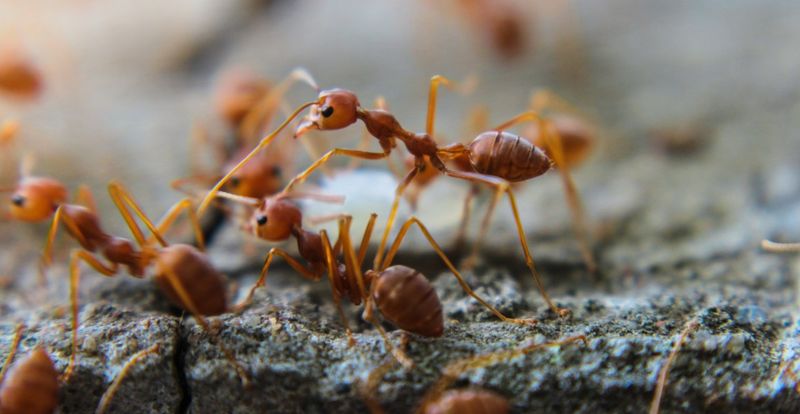
Native butterflies face an unexpected enemy – imported fire ants that devour caterpillars before they transform. These aggressive ants claim territory from native species, creating ecological domino effects throughout food webs.
Woodpeckers initially feast when emerald ash borers arrive, but ultimately lose nesting sites as ash trees die. Nature’s delicate balance, perfected over millennia, unravels with each new invasion.
8. The Role Climate Change Plays In Invasive Insects

As winters warm, beetle battalions march northward into territories once too cold for survival. The southern pine beetle, historically confined to southeastern states, now threatens New England’s forests thanks to milder temperatures.
Longer growing seasons give invasive insects extra time to reproduce – some species now squeeze in additional generations each year. Climate shifts also stress native trees, making them more vulnerable to insect attacks.
9. Identifying Common Invasive Insect Species In The U.S.
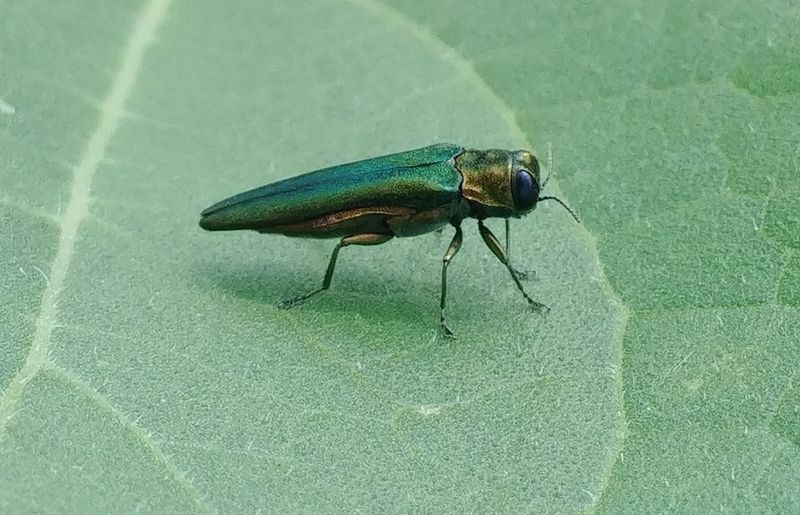
Spotted a metallic green beetle? That emerald flash might be the ash borer that’s killed millions of trees. Their distinctive D-shaped exit holes are telltale calling cards on tree trunks.
Those strange frothy masses on plant stems? Likely spittlebugs hiding the invasive spotted lanternfly nymphs. Asian longhorned beetles leave perfectly round exit holes and have striking white spots on their shiny black bodies.
10. Control Methods For Invasive Insects In The U.S.
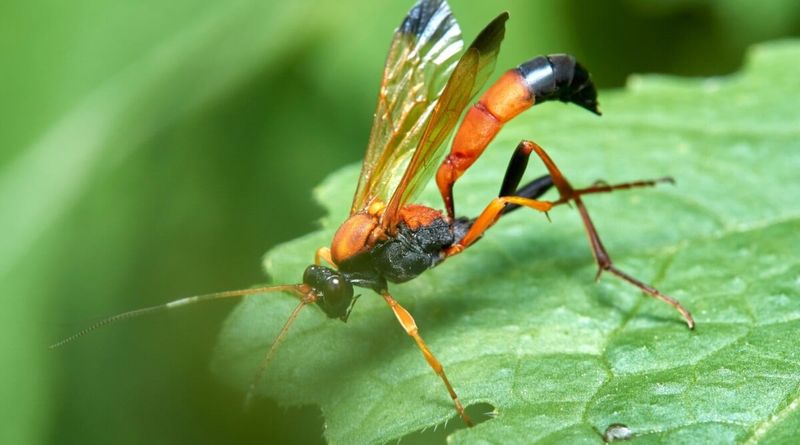
Fighting bugs with bugs sounds like science fiction, but parasitic wasps smaller than rice grains are now heroes in the battle against emerald ash borers. These tiny warriors lay eggs inside pest larvae, turning invaders into nurseries for natural enemies.
Tree injections act like vaccinations against certain invaders, while sticky traps help track insect movements. Biological controls offer targeted solutions without the environmental downsides of broad-spectrum pesticides.
11. The Growing Threat Of Invasive Insects To Human Health
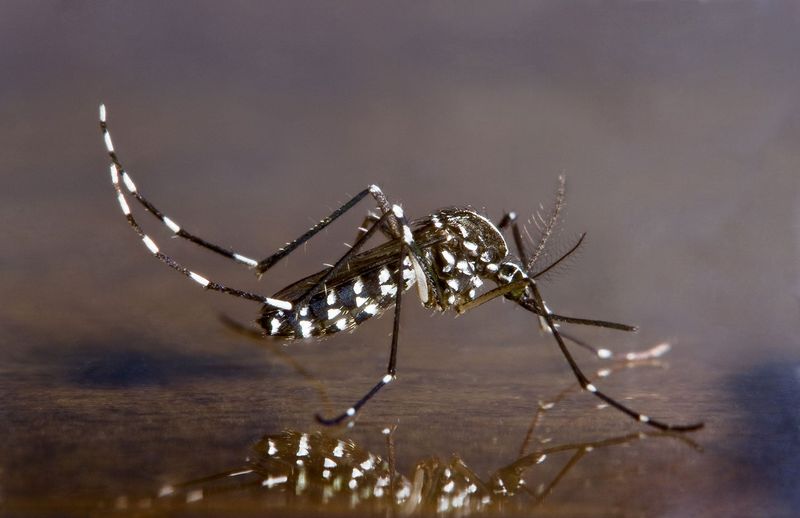
The Asian tiger mosquito – recognizable by its striped legs and aggressive daytime biting – brought new disease concerns when it invaded American shores. Unlike native mosquitoes, these striped biters thrive in urban environments and can transmit Zika and dengue.
Fire ant encounters send thousands to emergency rooms yearly with painful stings that trigger allergic reactions. These invasive ants create distinctive mounds and attack in coordinated swarms when disturbed.






